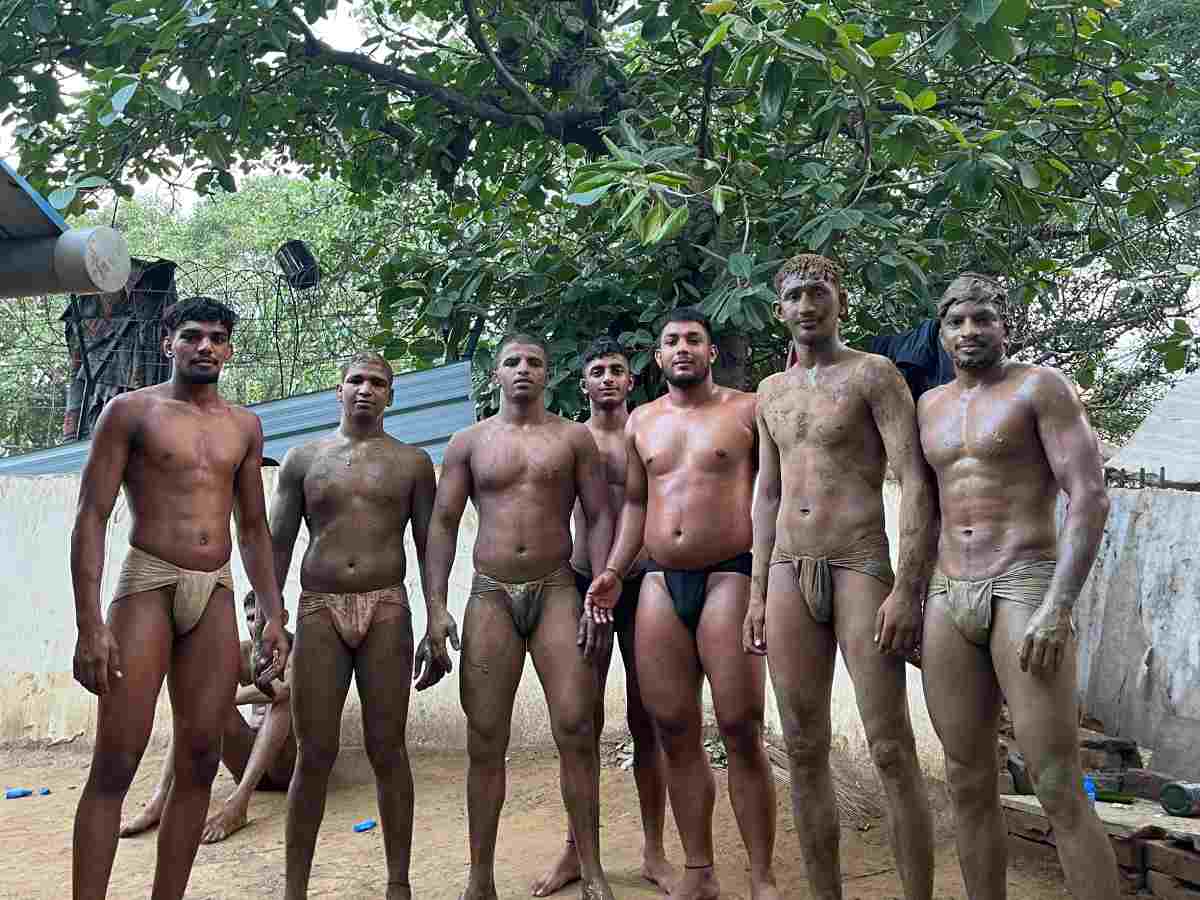International Olympic Day is observed on June 23 every year across the world to mark the birth of the modern Olympic Games in 1894, when the visionary Pierre de Coubertin founded the International Olympic Committee (IOC). But this day is not simply about remembering a date in history; rather, it honours the idea that sports can help us rise above our differences and inspire greatness in each of us. It encourages people of all ages and backgrounds to come together and embrace the true spirit of sports.
Today, communities across the world organise activities like fun runs, cycling events, yoga sessions, workshops, and games. The goal is simple: to remind people that sports are not just for elite athletes but for everyone. Whether you are a child learning to dribble a ball, a teenager training on a dusty field, or a senior citizen taking a morning walk, you are part of this global movement. The Olympic spirit lives in every effort, big or small.
Where grit meets glory: The legacy of Guru Hanuman Akhara
In India, this spirit finds its strongest expression in places where tradition and dreams come together. One such place is the Guru Hanuman Akhara in Delhi, a legendary wrestling academy that has stood the test of time. The Akhara, tucked away in the heart of the Capital, is more than just a training centre. It is a symbol of hard work, discipline, and the pursuit of excellence. When you step inside the Akhara, you do not just see shiny mats or air-conditioned gyms. What greets you at first sight is a large mud pit, where generations of wrestlers (pehelwans) have battled with their own limits, perfecting their craft. The earthy smell of the mitti fills the air. The sound of feet stamping the ground, of coaches calling out instructions, and of bodies hitting the mud and rising again, creates a rhythm that speaks of desire and dedication.
Also read: I should have scored my centuries: Sourav Ganguly’s biggest regret
This Akhara was founded by Guru Hanuman, a name that commands respect in the world of Indian wrestling. Vijay Pal Yadav, famously known as Guru Hanuman, was not just a coach; he was a guide, a mentor, and a father figure to countless young athletes. Under his leadership, the Akhara has become a sanctuary for those who dare to dream big, despite humble beginnings. His vision was clear — to produce not just strong wrestlers but good human beings. He believed that the true measure of success was not only in winning matches, but in building a charismatic character.
Over the years, the Guru Hanuman Akhara has produced some of India’s finest wrestling legends. Names like Sushil Kumar, Yogeshwar Dutt, Satpal Singh, and many more began their journey on this sacred soil. These wrestlers carried the hopes of the nation onto the world stage, competing in the Olympics and making history. It was through these years of rigorous training, the strict routines, and the constant effort to become better than the day before.
Discipline, dedication, and the spirit of ‘Kushti’
Life at the Akhara is not easy, as described by coach Rajiv Tomar, a veteran wrestler and an Arjun Awardee. The pehelwans rise before dawn. Their weekdays are filled with intense training — physical exercises, wrestling bouts (both traditional kushti and freestyle wrestling), and strength-building routines. The diet is simple but wholesome.
“There is little room for luxury. Instead, the focus is on discipline, respect, and resilience. The young boys who enter the Akhara learn to respect their teachers, their peers, and their sport,” Tomar said, adding, “They are taught that kushti is not just about physical strength. It is about mental toughness, patience, and integrity. These values are inculcated in them, whether they become champions or not.”
After their bout in trying to secure a name for themselves in the world of kushti, the wrestlers begin to rely on this for their financial growth as well. “All of the players here come from economically backward backgrounds, but after joining up with the sport itself, they can expect a significant amount being paid to them. Some sportspersons here earn a handsome amount,” he said.
Also read: A lot still left in the tank: Delhi Chess Open winner Grandmaster Abhijeet Gupta
From global arenas to grassroots dreams
The Olympic Games themselves are a grand celebration of these ideals. They bring together athletes from across the globe, from every nation, culture, and background. On the field, they compete fiercely. But beyond that competition lies something greater — a sense of mutual respect, of shared humanity. In a world that often feels divided, sport reminds us of what we have in common — our hopes, our struggles, and our endless potential.
As we mark International Olympic Day, the story of the Guru Hanuman Akhara reminds us where the Olympic journey truly begins. It begins not under bright lights and roaring crowds, but in places like this — quiet, grounded, and filled with purpose. It begins in every young athlete who dares to dream, who trains in the heat and the cold, who falls and rises again, determined to succeed. The Akhara represents the heart of the Olympic spirit: that sport is a path of self-discovery, growth, and unity.
Let us also salute the unseen champions — the coaches, the mentors, the families who support these dreams. Let us recognise the importance of grassroots institutions where the seeds of greatness are planted, nurtured, and grown with care.





